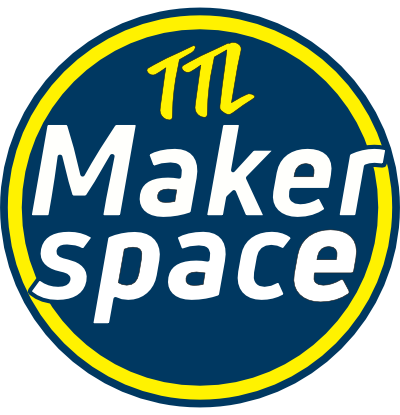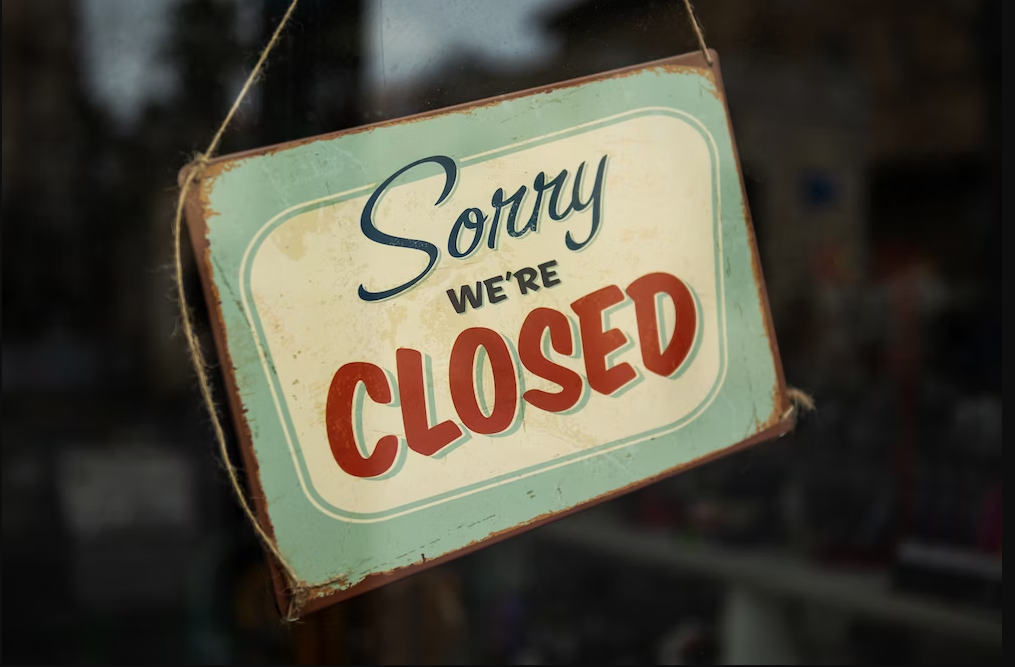Contact: support@ttlmakerspace.com
Recently we had the opportunity to participate in a study by a Montreal based group who were trying to figure out how shared resources can become sustainable. The invitation went somewhat like this – ‘we have been at this for seven years, we still can figure out how to be sustainable’. In this case, the term sustainable refers to meeting minimum financial requirements.
Here in Toronto, we have recently seen the collapse of Artscape, and most notably for us, their Daniels Launchpad, which was a top-notch makerspace – very well equipped and by all assumptions well-financed. To my knowledge, just three makerspaces remain in our city of 3 million people, namely Site3 Colaboratory, Hacklab, and TTLMakerspace. I’m including in this estimate only spaces that support a variety of maker interests (as I do know of a few special-interest creative spaces, that I consider more like a club dedicated to a specific thing, like sewing). For a long time we had a map of the makerspaces in Toronto that was made pre-pandemic. It hung on the door to our CNC room for all to see. We took it down this year, realising that most spaces featured on it are no longer in operation.
This corresponds to what the French found in reaching out to lending libraries – approximately 34 percent of those contacted were no longer in operation.
So why all the failure?
It is a big topic, way too complex for a simple article, but I can call out a few topics that experience has taught me are relevant.
Right-pricing
We should first cover what seems like the most obvious problem – pricing. Simply put a lot of lending libraries and makerspaces are priced to be unsustainable. This is a by-product of wanting to remain as accessible as possible to a wide variety of people, but it often results in complicated pricing schemes that make it difficult for people to understand what they are paying for.Credit or token systems, weird booking systems, multiple tiers – these all introduce friction into the signup process and should be limited.
We encounter a lot of people that suggest we should have a student discount, or a kids-pricing, or any number of other promotions. People are so used to be manipulated with such marketing gimicks, and we just don’t do that. We price our services to be 1)available to as many as possible but not all, and 2)capable of providing for operation at an agreeable level of quality
Experience Design
This is an important topic, and often very overlooked. A prime example I can draw on from the TTL comes from the tool library. For years the library was set up like a self-serve retail experience. People would come in and browse through aisles seeking out the items they needed, and it was largely assumed that this browsing was enjoyable and a valuable part of the experience.
During the pandemic, it was impossible to operate this way due to health restrictions. Everything went behind a service desk and needed to be requested from staff. We had great concerns that this would disrupt and possibly end the tool library, but quite the opposite happened. To be sure, a few people missed browsing among the items (and we figured out something for that) but the vast majority of people found the new system infinitely better.
The experience design changed in our tool library, from one where people largely guessed at what they needed, to one where an experienced builder could recommend, and help gather together, everything needed for a job. How does this relate to sustainability? The downstream effect was that enrolment grew to a small degree, but retention of members increased dramatically.
We’ve had many such revelations in our makerspace as well, which leads us to the most important factor in sustainability of creative spaces – evolution.
Directed Evolution
Put very simply, if a lending library or a makerspace are doing the same things in year 5 that they were doing in year 1 they are in trouble.It is not possible for a group to remain static because the rest of the world continues to change – most obviously expenses go up, like rent, insurance, utilities, materials etc. More importantly culture changes, along with what people expect from their shared resources. As directors of such resources, we do get a say in managing what form that evolution takes in our spaces – but we do not get to halt it.
In early days, the TTL put a lot of stock in statements such as “the average drill gets used just 15 minutes in its entire lifespan” – a claim that can not be verified, and whose source can not be determined. But it was a simple message, and it went along well with large posters demanding “Don’t buy tools!!”. In year one this simple messaging makes sense, and is easy to publicise while building support. Years down the road, this messaging starts to show cracks.
For one, if the system works the way it is supposed to then people borrowing/sharing tools should have access to better tools than they could get on their own, not worse. And that means recognising that not all tool manufacturers are equal, and steering toward those that care about things like local servicing. Building such relationships is a LOT harder than the year-one activities like taking donations. But it is part of a very necessary directed evolution that sees the quality of the service, and thus the reputation of shared resources, improving.
Our Landmark Events
We also can’t ignore the spin-off effect that leaders in the Maker Movement have. Make magazine and Maker Faire went bankrupt. Techshop in the U.S. went bankrupt. These events have spin-off effects at the local level, and here in Toronto we’ve had no flag-pole event since 2018. The last MakerFest was held at the Toronto Reference Library, and it was fantastic, but today the organisation website remains derelict with old notices about covid19. Such events were an important part of building community and sharing resources, and generally let people feel part of something important. Without them, individual makerspaces do not get to enjoy the benefits of that excitement, nor the introduction of new people to making.
Conclusion
This is a big topic, with a lot of factors involved. To sum it up Makerspaces today face some challenges from a general lack of leadership. But with a solid plan for evolving and improving, combined with a realistic pricing structure, they can still succeed. And when they do they form incredibly valuable resources for the communities they serve.


